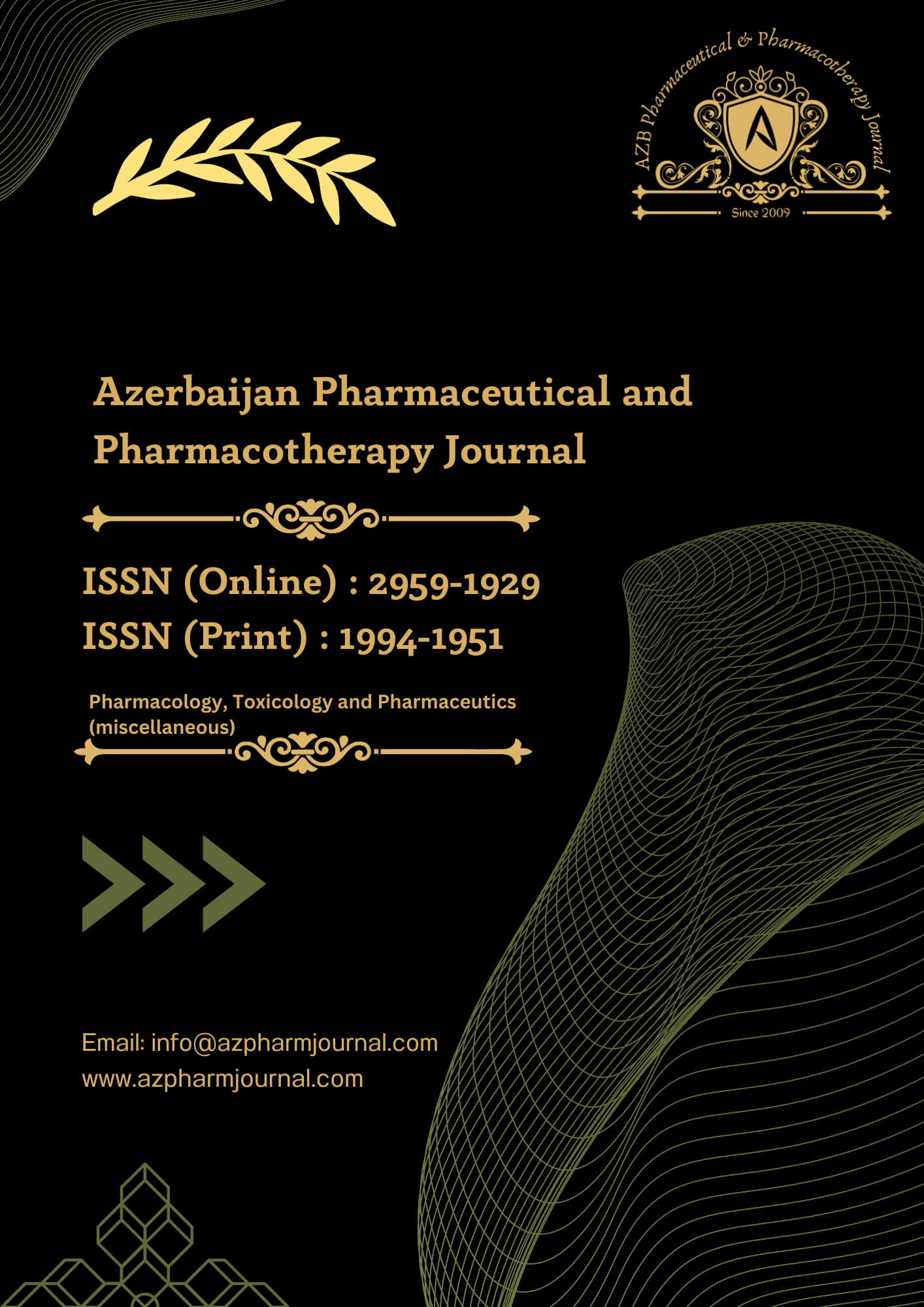4. Discussion
The findings of our study reveal that approximately half of the participating nurses exhibited symptoms of varicose veins (VV). Notably, our investigation indicates a higher likelihood of varicose veins among nurses who are required to stand for prolonged periods at work. The prevalence of varicose veins was particularly elevated among those nurses who stood for 4-6 hours daily. Furthermore, within the nursing profession, the teaching faculty demonstrated the highest prevalence of varicose veins.
Our results align with previous studies, such as that conducted by Shakya et al. [4], which reported a higher relative risk for varicose veins in occupations involving a greater proportion of standing compared to sitting work. Prolonged standing emerged as a significant contributing factor to varicose veins. A study by Ali et al. [6], focusing on nurses in various departments, reported a varicose vein prevalence of 15.8%. Additionally, the prevalence of varicose veins has varied widely in previous research, ranging from 2% to 56% in males and 1% to 73% in females [6].
Gender-specific variations were observed, with female nurses exhibiting a higher prevalence compared to their male counterparts. Notably, our study, conducted within a specific geographical area, deviates from the prevalence reported in other regions, emphasizing the significance of regional variations in healthcare research.
Numerous international studies have identified nurses as a high-risk group for varicose veins, with prevalence rates varying across different nations. Our findings support this trend, with a significant proportion of nurses engaged in moderate to strenuous physical activities, such as agriculturists, small-scale business workers, and factory workers, showing an increased risk of varicose veins.
Regarding risk factors, our study highlights a strong association between age and varicose veins, consistent with previous research [7, 8, 9]. The influence of gender on varicose veins is also evident, with females experiencing varicose veins more frequently, possibly attributed to factors such as pregnancy.
Notably, our study emphasizes the significant association between prolonged standing hours and varicose veins in the nursing profession. The heightened risk faced by nurses, who predominantly stand for extended periods, underscores the need for preventive measures. Prolonged standing negatively affects venous return, weakening or compromising the function of one-way valves, leading to varicose veins.
While our findings did not show a significant association between sitting periods and varicose veins, the literature offers varying perspectives. Shakya et al. [4] suggested a potential beneficial effect of increased sitting and walking time on varicose veins. However, further research is required to establish definitive conclusions.
Concerning Body Mass Index (BMI), our study identified an association between increased BMI and varicose veins. This aligns with existing evidence indicating rising rates of lower extremity venous disease in individuals with higher BMI.
Surprisingly, our study did not find a significant association between exercise, smoking, family history, and varicose veins. Contrastingly, other studies have reported obesity, pregnancy, and family history as major risk factors for varicose veins [10, 11].
The statistical analysis conducted in our study further solidifies the link between prolonged standing time and varicose veins. Adjusting for various factors, the odds of developing varicose veins increased significantly with each additional hour of standing time.
In conclusion, our study underscores the prominence of varicose veins among nurses, particularly those engaged in prolonged standing, and emphasizes the need for preventive strategies in occupational settings. Future research should delve deeper into the multifaceted nature of risk factors to inform targeted interventions for this occupational group.
